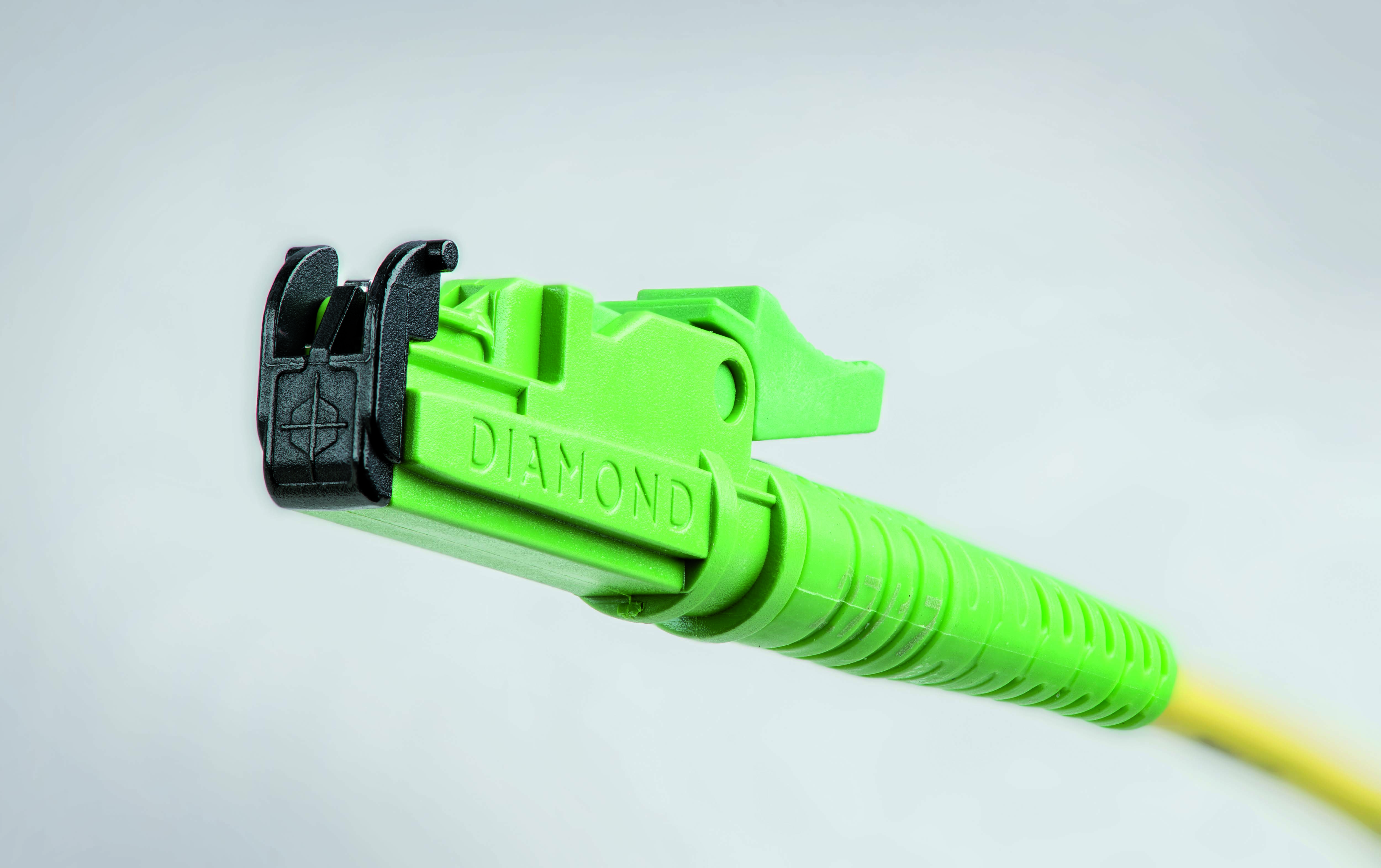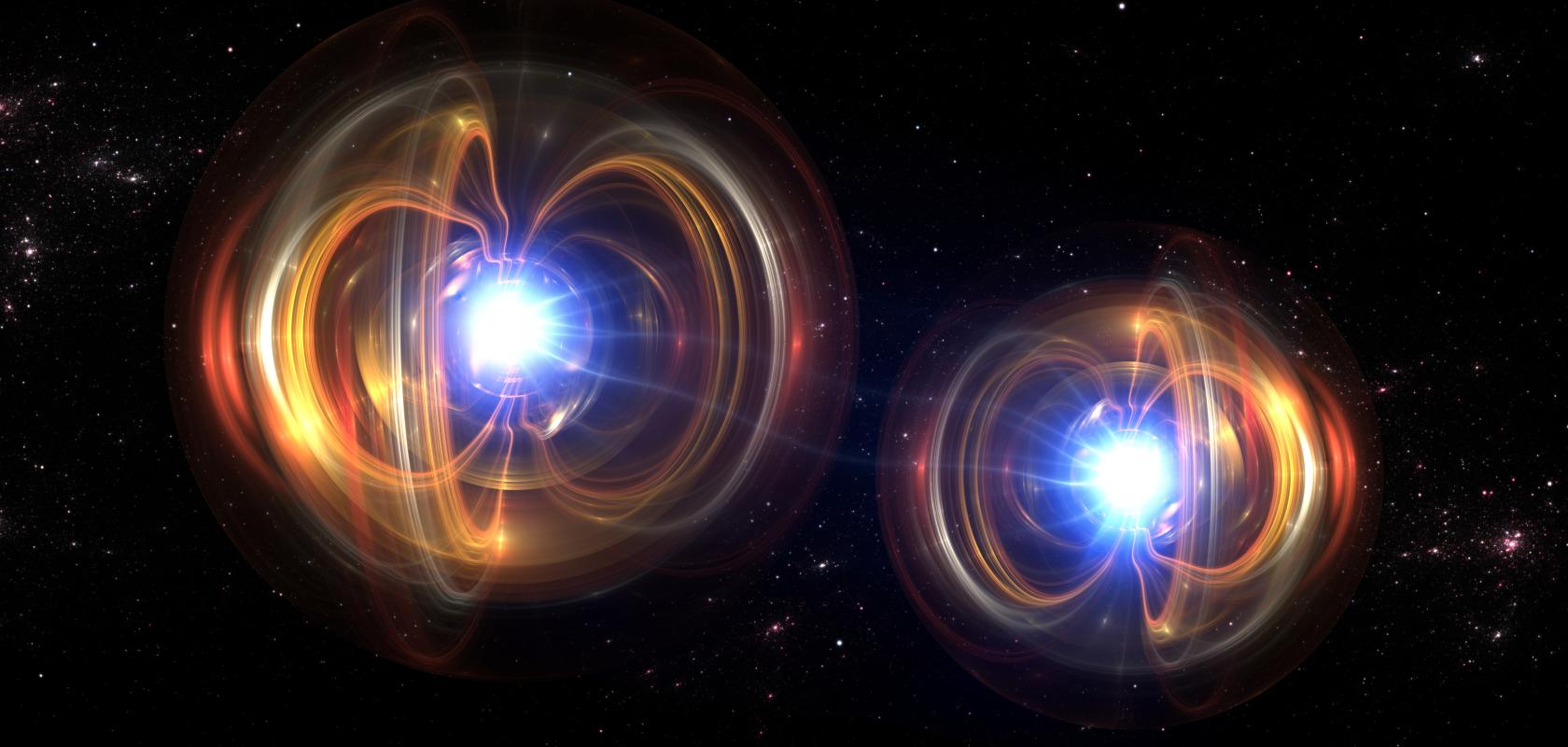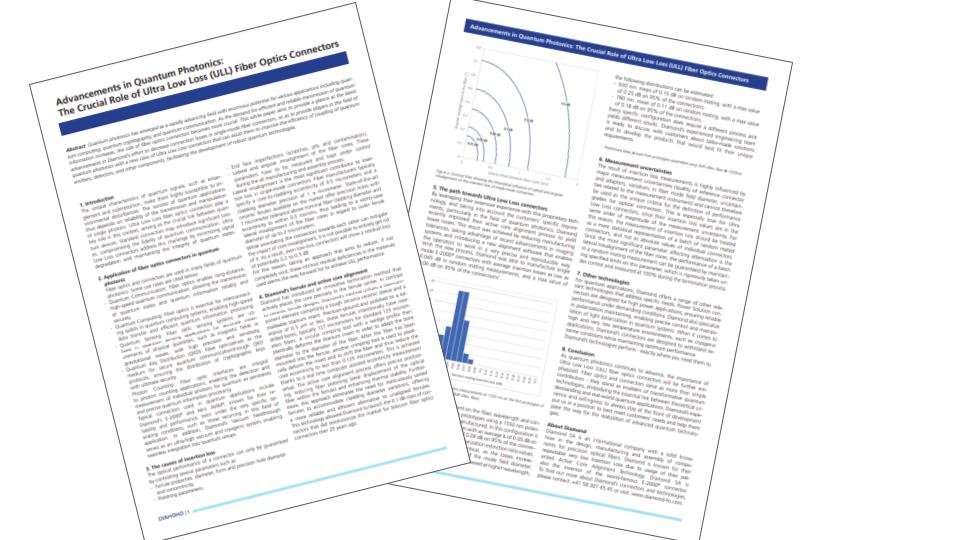In today’s fast-paced world, the need for higher data rates and increased capacity is only growing. The need for digital technologies that fulfil functions such as data analytics, cloud computing, Internet of Things, Artificial Intelligence and more are in turn driving demand for higher-capacity networks to support these digital initiatives.
Likewise, the growth of data centres has risen, with the requirement to process large quantities of data and information. Communications networks – whether for telecoms, datacoms, for aerospace and defence or for industrial automation therefore, have had to become more sophisticated in order to meet the massive demand levelled at them, and the optics involved are crucial to their success.
Quantum photonics has emerged with the potential to transform a number of applications including optical communications, encryption, computing, sensing, metrology, healthcare and life sciences, aerospace and defence, the list goes on.
The innovation challenge: Overcoming connection losses
But emerging areas of innovation do not come without their challenges, and selecting the right optical components is the best way to overcome these. Victor Coggi, Technical Director at Diamond SA explains: “One of the key challenges in quantum, for example, is state preservation. Quantum information is extremely responsive and so can be easily disrupted by external factors such as loss, noise, and decoherence. Losses in fibre optic connections can affect the quality of quantum states, leading to errors in quantum communication and computation.”
What’s more, fibre optic connections can experience losses due to absorption, scattering, and mode coupling. Says Coggi: “In applications, where single photons carry information, even small losses could significantly degrade the signal-to-noise ratio and limit the distance over which information can be reliably transmitted.”
Fibre optic connections can also introduce decoherence to quantum systems via photon absorption, scattering, or phase noise. This can limit the coherence time and fidelity of quantum states. Then there are the nonlinear effects such as self-phase modulation, cross-phase modulation, and four-wave mixing, which can distort quantum signals and introduce errors in quantum communication and computation.
Other considerations for physicists, engineers, researchers, architects and R&D specialists include the connection’s compatibility with quantum repeaters, technological limitation of some current fibre optic technologies that may not be optimised for quantum, and security concerns posed by losses in fibre optic connections. Coggi explains: “This can pose security risks in quantum communication systems, particularly for quantum key distribution (QKD) protocols. Higher losses increase the vulnerability of QKD systems to eavesdropping attacks and reduce the achievable key rates, compromising the security of quantum cryptographic protocols.”
Continues Coggi: “Addressing connection losses in quantum or any data transmission requires the development of advanced techniques for minimising losses in the transmission medium, optimising quantum repeater architectures, implementing error-correction schemes, and improving the efficiency of quantum communication protocols. Overcoming these challenges is essential for realising the full potential of quantum communication for secure and efficient data transmission.”
Solving the innovation challenge: ultra-low loss (ULL) connectors
In recent years, ultra-low loss (ULL) connectors have emerged as a solution, thanks to their benefits in minimising signal degradation by reducing losses during transmission, preserving the fidelity and reliability of quantum states. By reducing losses, ULL connectors can also enable quantum signals to travel longer distances, facilitating the establishment of quantum communication networks, and they offer enhanced security benefits, as Coggi explains: “ULL connectors contribute to ensure the integrity of quantum states, reducing vulnerabilities to eavesdropping attacks and enhancing the security of quantum communication channels. By minimising losses and noise, ULL connectors can also help maintain the coherence of quantum states, which is crucial for complex quantum operations.”
Other benefits provided by ULL connectors include increased efficiency of quantum communication systems, higher data rates and enhanced performance, and compatibility with existing fibre optic infrastructure, so users can seamlessly integrate the connectors into quantum communication networks, simplifying deployment and maintenance.
This is an area where Coggi, and Diamond are well placed to advise. The company introduced a termination method that actively places the core precisely in the ferrule centre, leading to the launch of the 0.1 dB class of connectors that helped to revolutionise the market for telecom fibre optics connectors more than 20 years ago.
The company’s high performance interconnects have become renowned for their ULL values, which can surpass conventional standards. The secret of Diamond’s success is the Active Core Alignment (ACA) process, which has been integral to its fibre optic component manufacturing techniques for more than two decades. No laurel resting here though. Diamond more recently took the decision to improve its ACA in order to yield even lower losses.
Diamond’s E-2000 ULL connectors
This was achieved by reducing manufacturing tolerances, taking advantage of recent advancements in imaging systems and introducing a new alignment software that enables the operators to work in a very precise and reproducible way. The result is a single mode E-2000 connector with average insertion losses as low as 0.045 dB in random mating measurements, and a max value of 0.06 dB on 95% of the connections.*
*Effective values collected from a batch assembled with SMF-28 fibre and measured at a wavelength of 1550nm

Diamond's E-2000 connector family benefits from ACA based on Diamond's distinctive two-component ferrule (Credit: Diamond SA)
Diamond's E-2000 connector family benefits from ACA based on Diamond's distinctive two-component ferrule, a precise zirconium-ceramic sleeve with a titanium insert, designed to facilitate the precise alignment of the fibre core with the mechanical axis of the ferrule. This use of ACA technology is what Coggi believes sets the product apart from the rest.
He says: “Diamond has always been recognised as a leading company in the field of fibre optic connectivity solutions in a wide variety of application fields. Its production with a high degree of vertical integration, the ability to develop solutions from raw materials to the finished product puts us in a position to best meet different needs. Our potential is reflected in our ability to work with virtually every type of optical fibre commercially available today, knowing how to handle it and prepare it for assembly into a corresponding connector, obtaining the best possible performance, even under severe conditions of use.”
Because of this, the company’s ULL connectors have almost limitless use case potential. “These include,” says Coggi, “photonics, space, medical, and R&D, where the products are faced to requirements aimed at materials, specific wavelengths, power levels far beyond the typical ones used in telecoms, as well as extreme environmental conditions in terms of, for example, temperature, pressure, humidity, and so on.”



